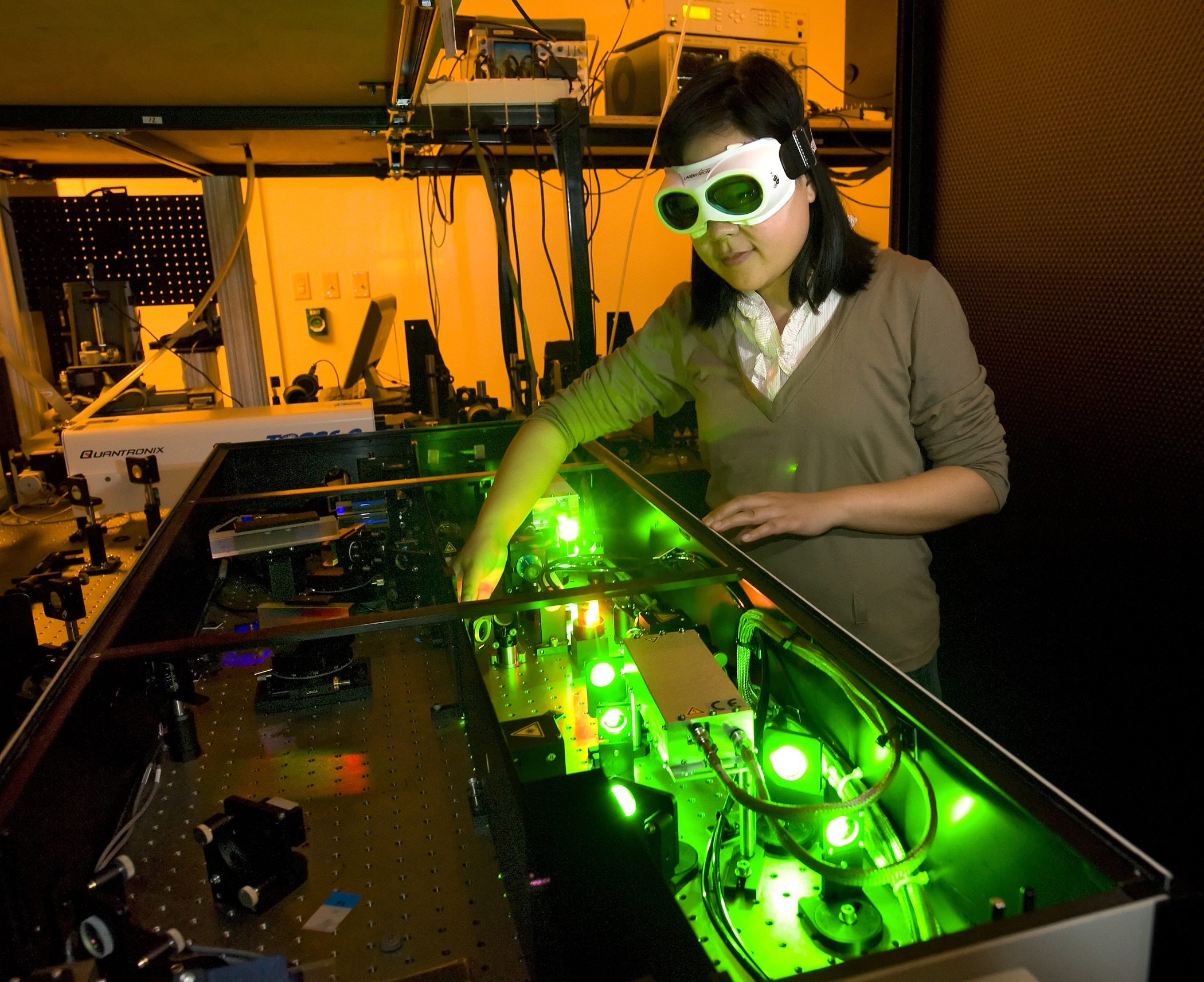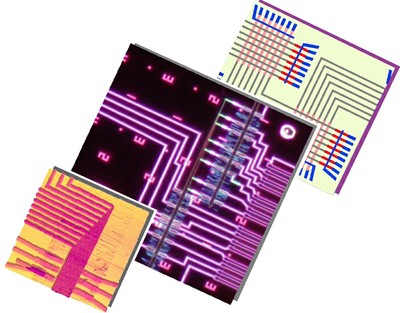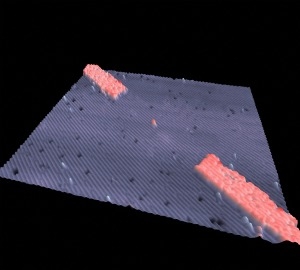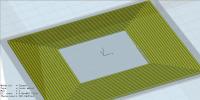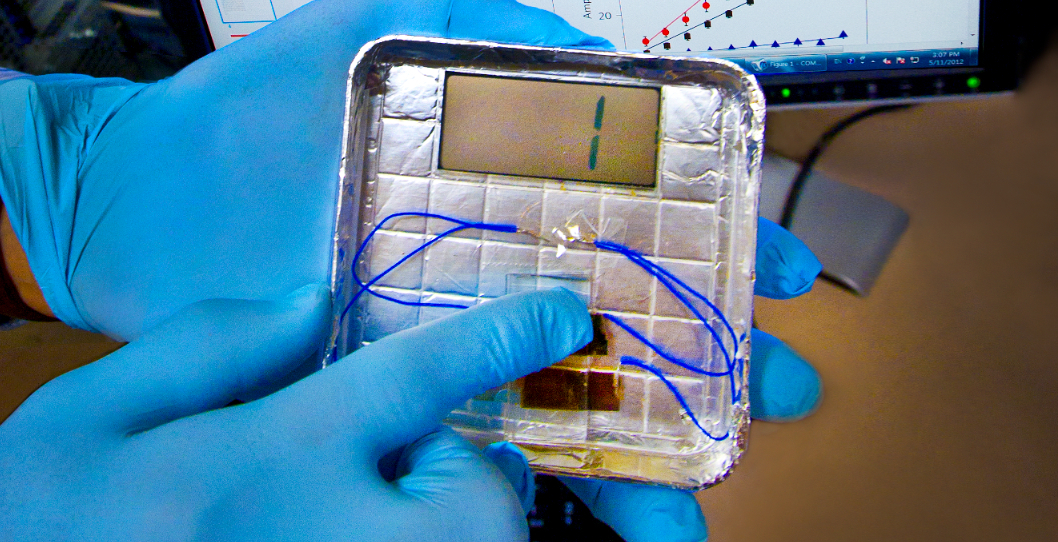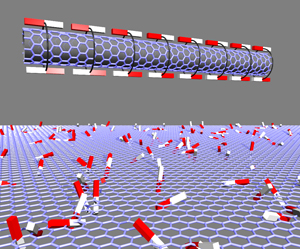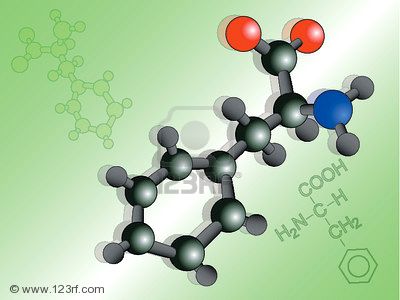Thermoelectric technology uses auto exhaust heat to create electricity
Researchers are creating a system that harvests heat from an engine's exhaust to generate electricity, reducing a car's fuel consumption.
The effort is funded with...
Converting Heat Waste to Electricity Closer To Reality
Researchers at Northwestern University have placed nanocrystals of rock salt into lead telluride, creating a material that can harness electricity from heat-generating items such...
The world’s first programmable nanoprocessor unveiled
Engineers and scientists collaborating at Harvard University and the MITRE Corporation have developed and demonstrated the world’s first programmable nanoprocessor.
The groundbreaking prototype computer system,...
Single-atom transistor for a future quantum computer
In a remarkable feat of micro-engineering, UNSW physicists have created a working transistor consisting of a single atom placed precisely in a silicon crystal.
The...
Metamaterials Boosts Electromagnetism Safely
By using exotic man-made materials, scientists from Duke University and Boston College believe they can greatly enhance the forces of electromagnetism (EM), one of...
Tiny devices that harvest electrical energy from everyday tasks
Imagine charging your phone as you walk, thanks to a paper-thin generator embedded in the sole of your shoe. This futuristic scenario is now...
Curved carbon for nanoelectronics
A new scientific discovery could have profound implications for nanoelectronic components. Researchers from the Nano-Science Center at the Niels Bohr Institute, University of Copenhagen,...
Tissue Repair Using Nanofiber Sphere Developing
Researchers at School of Dentistry from Michigan University have create biodegradable polymers which can self assemble into nanofiber spheres and once injected into wounds...
CMOS Integrated Silicon Nanophotonics Developed by IBM
IBM has announced another breakthrough in its long term research goal to harness the low power consumption and incredible speed promised by optical computing.
Following...
How Nanotechnology has the Ability to Solve Problems
Your cell phone may one day be powered by a nanoprotein extracted from spinach. Leafy vegetables use photosynthesis to convert solar energy in order...

